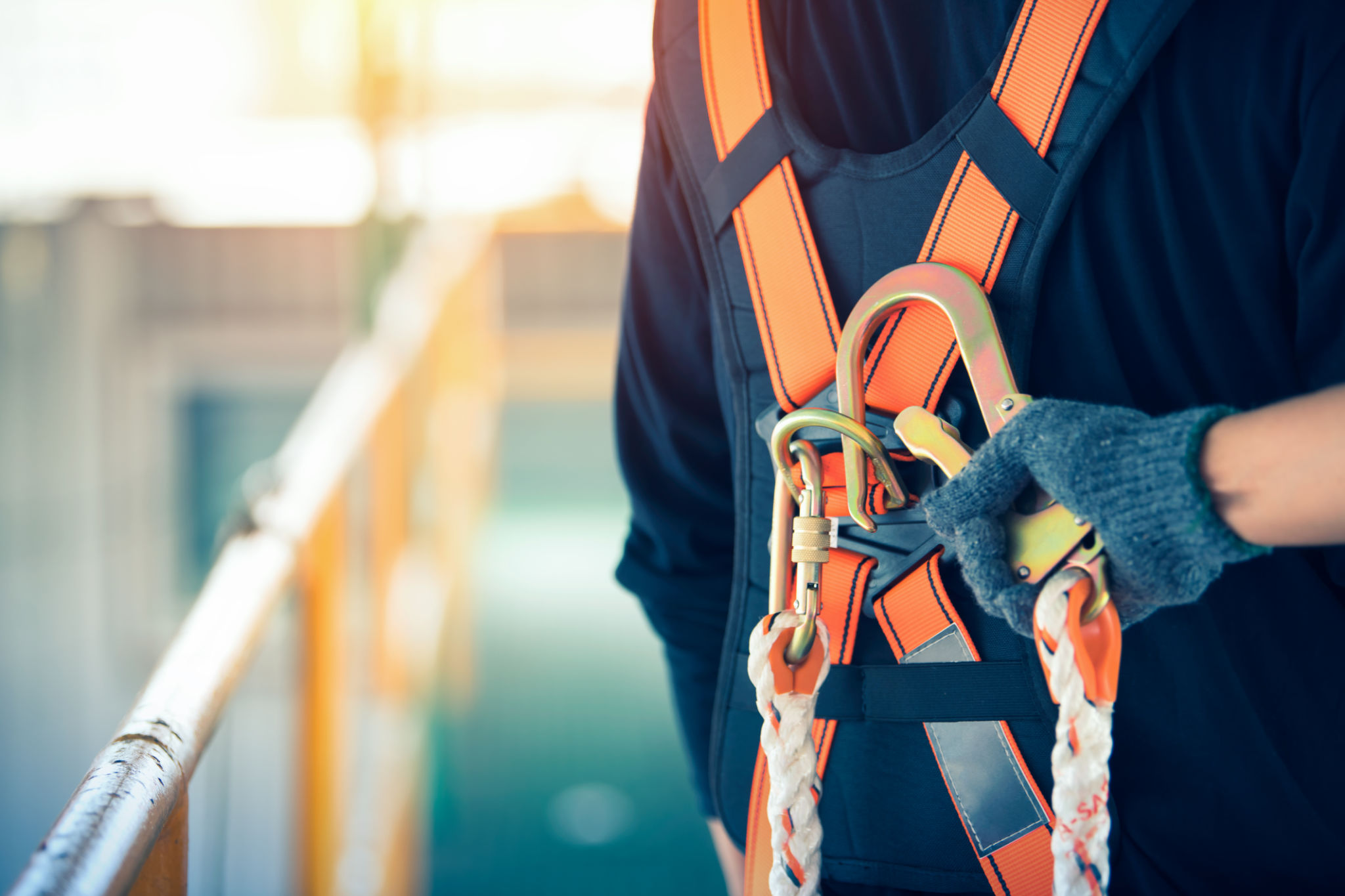Safety First: A Comprehensive Guide to Scaffolding for Roofing Projects
Introduction to Scaffolding Safety
When it comes to roofing projects, safety should always be a top priority. Scaffolding provides the necessary support and access to high areas, but without proper precautions, it can pose significant risks. Understanding the basics of scaffolding safety is essential for ensuring a secure work environment.

Understanding Scaffolding Types
There are various types of scaffolding available, each suited for different tasks. Common types include supported scaffolds, suspended scaffolds, and rolling scaffolds. Knowing which type to use based on the project's requirements is crucial for both efficiency and safety.
Regulations and Standards
Compliance with safety regulations and standards is non-negotiable in the construction industry. Organizations like OSHA provide comprehensive guidelines to ensure scaffolding is erected and maintained safely. Regular training and updates on these standards are vital for all workers involved in roofing projects.
Key Components of Safe Scaffolding
A safe scaffolding setup involves several critical components. These include the base plates, uprights, cross braces, platforms, and guardrails. Each part plays a vital role in maintaining the structure's integrity. Regular inspection of these components can prevent accidents.

Proper Erection and Dismantling
The process of erecting and dismantling scaffolds must be carried out by trained professionals. Mistakes during these stages can lead to structural failures, posing serious hazards. Ensure that all personnel involved are adequately trained and follow a detailed plan.
Inspection and Maintenance
Regular inspection is a cornerstone of scaffolding safety. Before each use, the scaffold should be checked for any signs of damage or wear. Maintenance should be performed promptly to address any issues, ensuring that the structure remains stable and secure throughout the project's duration.
Essential Safety Practices
Adopting essential safety practices can significantly reduce the risk of accidents. These practices include wearing appropriate personal protective equipment (PPE), adhering to weight limits, and maintaining a clean working environment. Proper communication among team members is also crucial for identifying potential hazards.

Training and Supervision
Continuous training ensures that workers are aware of the latest safety practices and technologies. Supervision by experienced personnel can provide an additional layer of security, ensuring that all safety protocols are followed diligently.
Emergency Preparedness
No matter how well-prepared a team may be, emergencies can still occur. Having a clear emergency response plan in place can make all the difference. This includes knowing evacuation routes, having first-aid kits readily available, and ensuring that all workers are aware of emergency procedures.
Conclusion
Scaffolding is an indispensable part of roofing projects, but it must be handled with care and expertise. By understanding various types, adhering to regulations, and implementing key safety practices, you can create a safe and efficient working environment. Remember, safety first is not just a motto but a crucial principle that protects lives.